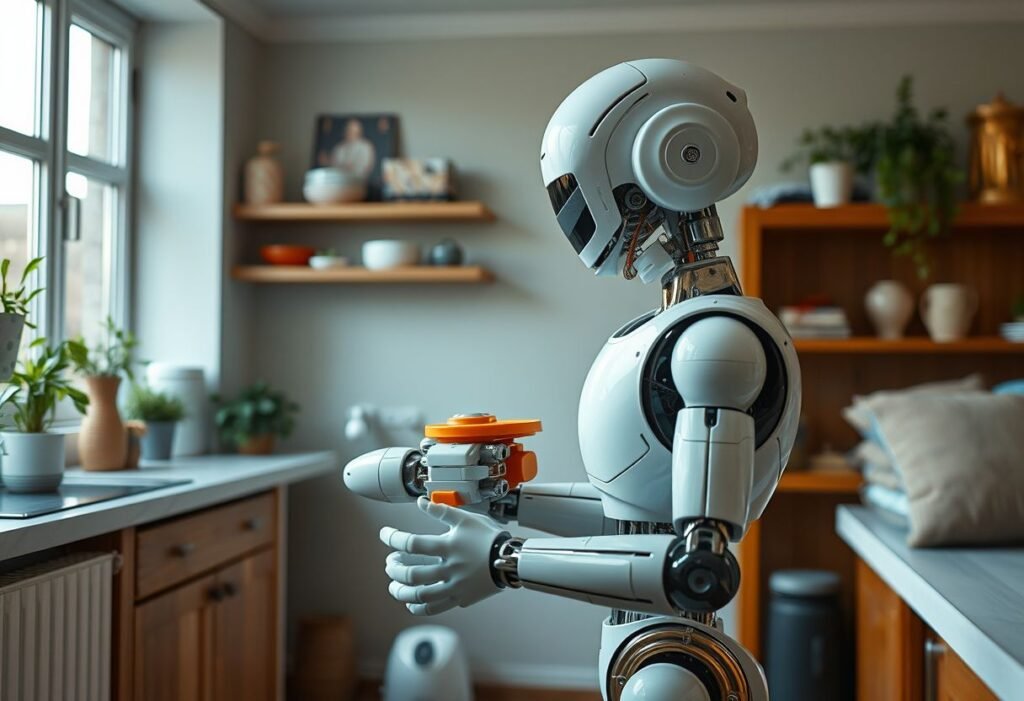Humanoid robots are rapidly transforming our approach to domestic tasks. As their capabilities expand, these intelligent machines promise to not only perform household chores, but also revolutionize our daily lives. Recent advancements by companies like Neura Robotics are leading the charge, bringing us closer to a future where we can truly relax while robots take care of our home.
Advancements in Humanoid Robotics
The field of humanoid robotics has experienced significant progress over the last few years. Companies are developing robots that can mimic human movements, recognize objects, and even interact with people. Neura Robotics is at the forefront of this innovation with their new model, the 4NE-1, showcasing abilities that enable it to tackle various household chores. These advancements point toward a future where robots not only assist us but also integrate seamlessly into our everyday lives by becoming functional members of the household.
The Role of AI in Household Robotics
Artificial intelligence is a critical component that enhances the functionality of humanoid robots. By employing sophisticated AI algorithms, robots can learn from their environment and adapt to different tasks. This learning capability allows them to perform complex chores such as cleaning, organizing, and even cooking. As AI continues to evolve, we can expect robots to become increasingly proficient at handling household responsibilities, making them invaluable allies in our homes.
Real-World Applications and Trials
Currently, the application of humanoid robots is being explored in various real-world scenarios. Limited trials are underway in settings such as senior living facilities and homes requiring assistance. These trials aim to assess how effectively robots can enhance the quality of life for individuals by performing everyday tasks. The promising results from these projects indicate a growing acceptance of humanoid robots and their potential to alleviate human workload, making daily life more convenient and enjoyable.
Consumer Expectations and Market Demand
As technology progresses, consumer expectations regarding humanoid robots are also evolving. People are increasingly looking for solutions that can simplify their lives and improve their quality of living. The demand for robots that can assist with household chores is rising, as many seek ways to balance busy schedules with the need for domestic help. This trend is pushing companies to innovate, leading to the development of more sophisticated and affordable home assistants.
Challenges Facing Humanoid Robots
Despite the advances in humanoid robotics, challenges still exist. Technical limitations such as battery life, mobility, and safety remain significant concerns that need to be addressed. Additionally, social acceptance poses a barrier, as potential users may feel uncertain about integrating robots into their homes. Overcoming these challenges is essential to ensure that humanoid robots can thrive in the household environment and gain widespread adoption.
The Future of Humanoid Robots in Everyday Life
Looking ahead, the integration of humanoid robots into everyday life appears promising. As technology advances and societal perspectives evolve, these robots are likely to become common fixtures in households. The potential benefits are numerous, including time savings, increased efficiency, and enhanced quality of life. As we move toward this exciting future, the collaboration between humans and robots will redefine our approach to domestic work.
Disclaimer: This article is for informational purposes only and does not constitute professional advice.





















